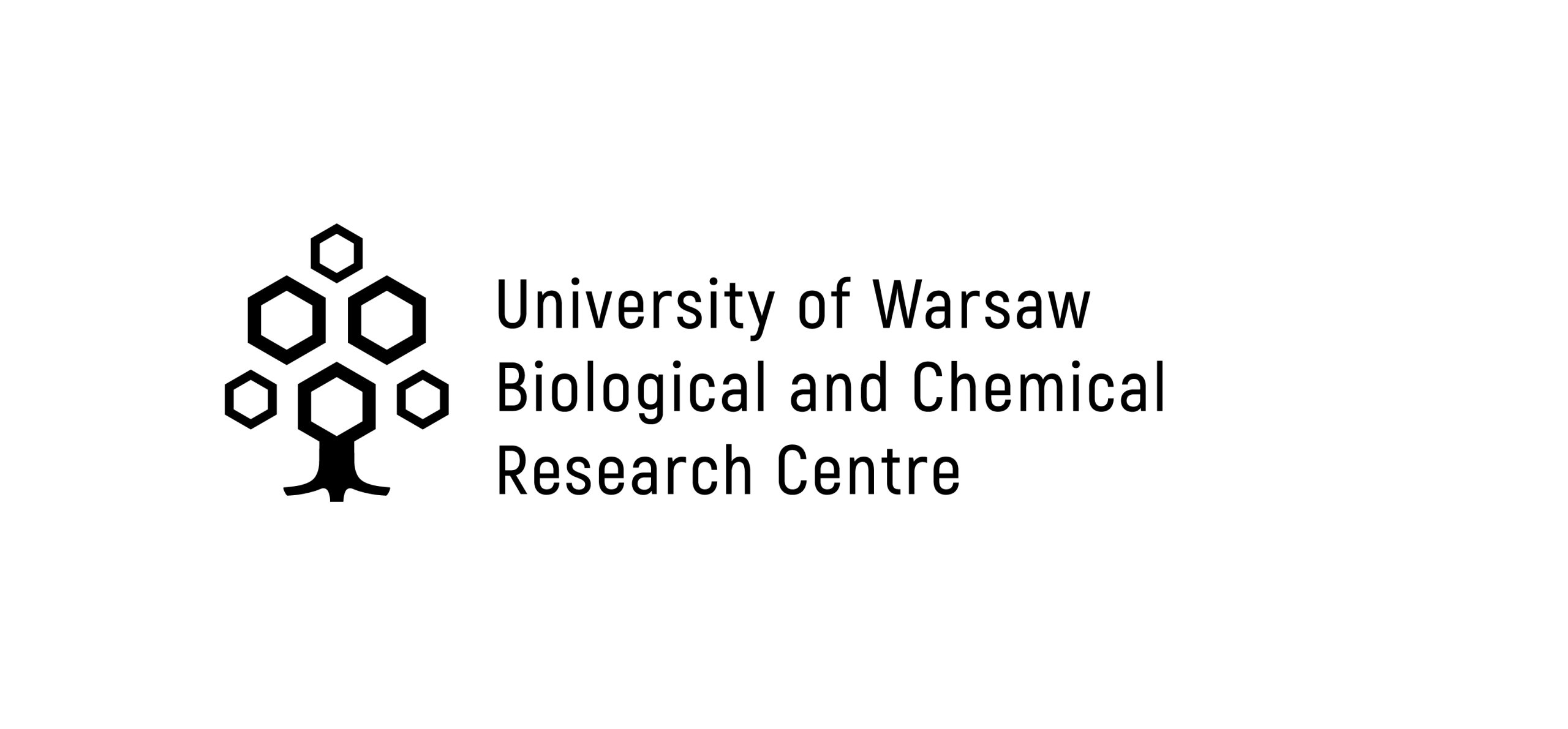Laboratory of New Methods of NMR Spectroscopy
Description of the Group
Surface analysis of various materials (especially in the in situ conditions) is very important from the economic and scientific point of view. Such studies are especially difficult for so-called buried interfaces (e.g., the surface of the solid sample in the liquid or the high pressure gas), a situation which occurs in very important from the practical point of view interfaces of various biological samples in their “natural” environment (surfaces of many biological samples are damaged after introducing to the vacuum). In 2010 Tian et al. reported new relatively sensitive method of chemical analysis of various surfaces, which allows for analysis of biological samples in situ (Nature 464, (2010) 392) – developed method was called shell-isolated nanoparticle-enhanced Raman spectroscopy − SHINERS. Tian and co-workers covered the analysed surface with the layer of Au@SiO2 or Au@Al2O3 nanoparticles and recorded the Raman spectrum of the investigated sample. Gold cores of nanoparticles act as electromagnetic resonators, significantly enhancing the electric field of the incident electromagnetic radiation, and hence leading to very large increase in the Raman signal (the increase of the efficiency of Raman scattering is roughly proportional to the fourth power of the field enhancement). The ultrathin protecting coating does not damp surface electromagnetic enhancement, however, separates nanoparticles from direct contact with the probed material and keeps them from agglomerating. SHINERS allows to characterize in situ surfaces of many materials, including surfaces of the biological systems (for example walls of living cells). The research group works on developing of new materials for SHINERS measurements, especially for SHINERS characterisation of biological objects.
Research Activities
Offer:
- Interpretation of the SERS spectra
Team Leader
Prof. Kudelski is the co-author of over 110 original papers and 10 review papers. His main scientific interests relate to synthesis of more efficient nanomaterials for surface-enhanced Raman spectroscopy (SERS) measurements and investigations of the photochemical synthesis and reconstruction of silver nanostructures, including their so-called plasmon-driven transformation (PDTr). He completed two postdocs stays above one year long in Fritz-Haber-Institut der Max-Planck-Gesellschaft, Berlin, Germany.
